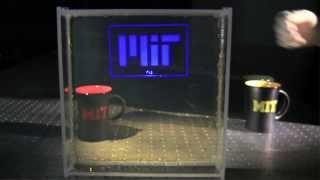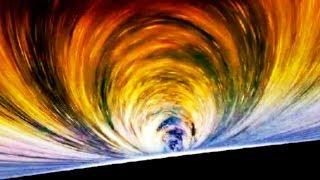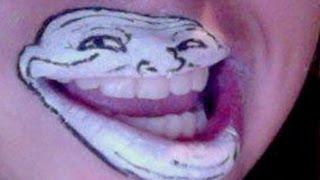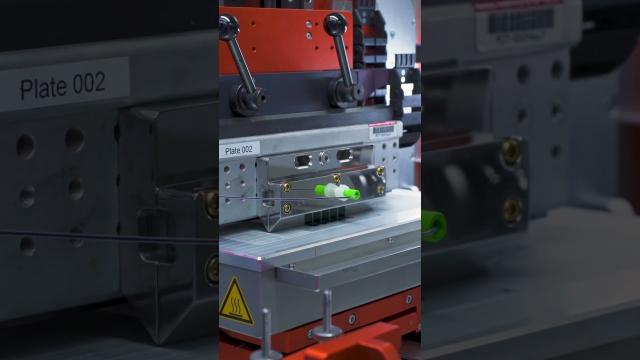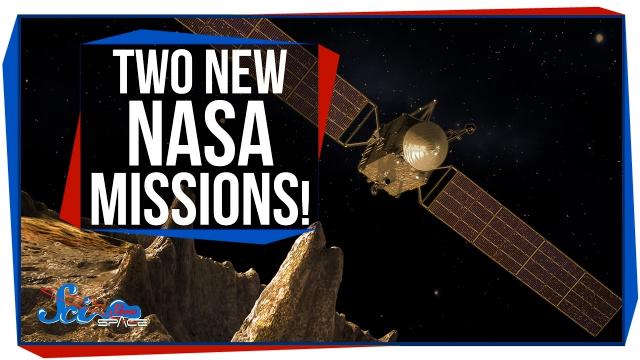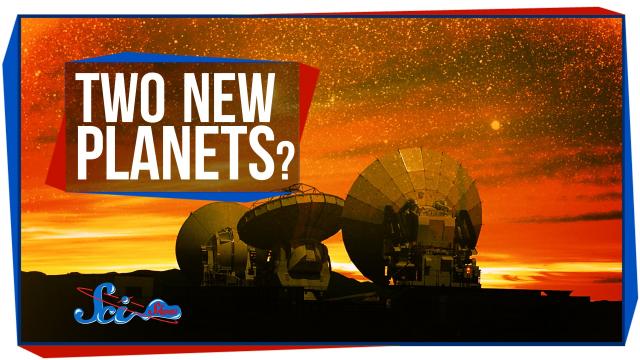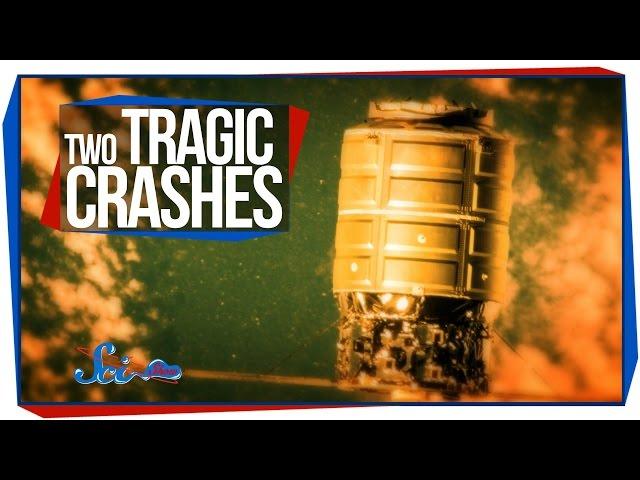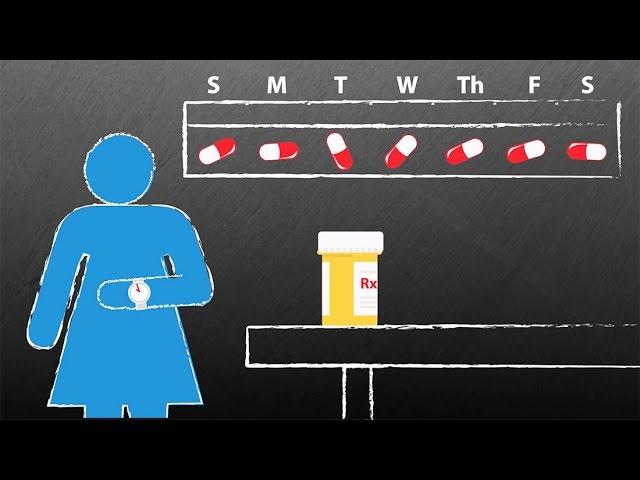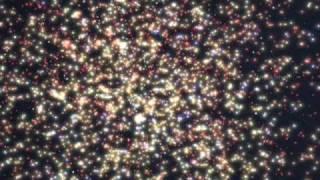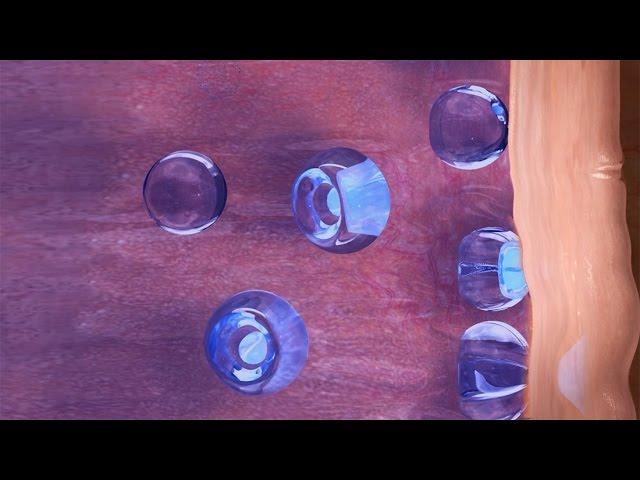Time Travel, Teleportation & Science
Time travel is the concept of moving between different points in time in a manner analogous to moving between different points in space, generally using a theoretical invention, namely a time machine. It has a commonly recognized place in philosophy and fiction, but has a very limited application in real world physics, such as in quantum mechanics or wormholes.
Although the 1895 novel The Time Machine by H. G. Wells was instrumental in moving the concept of time travel to the forefront of the public imagination, The Clock That Went Backward by Edward Page Mitchell was published in 1881 and involves a clock that allowed three men to travel backwards in time.[1][2] Non-technological forms of time travel had appeared in a number of earlier stories such as Charles Dickens' A Christmas Carol. Historically, the concept dates back to the early mythologies of Hinduism (such as the Mahabharata), Buddhism, and Islam through ancient folk tales. More recently, with advancing technology and a greater scientific understanding of the universe, the plausibility of time travel has been explored in greater detail by science fiction writers, philosophers, and physicists.
Teleportation, or Teletransportation, is the theoretical transfer of matter or energy from one point to another without traversing the physical space between them. It has a commonly recognized place in science fiction literature, film, and television, but as yet has a very limited application in real world physics, such as quantum teleportation or the study of wormholes.
Science (from Latin scientia, meaning "knowledge") is a systematic enterprise that builds and organizes knowledge in the form of testable explanations and predictions about the universe. In an older and closely related meaning, "science" also refers to a body of knowledge itself, of the type that can be rationally explained and reliably applied. A practitioner of science is known as a scientist.
In modern usage, "science" most often refers to a way of pursuing knowledge, not only the knowledge itself. It is also often restricted to those branches of study that seek to explain the phenomena of the material universe.
Source : Wikipedia
-
11:57
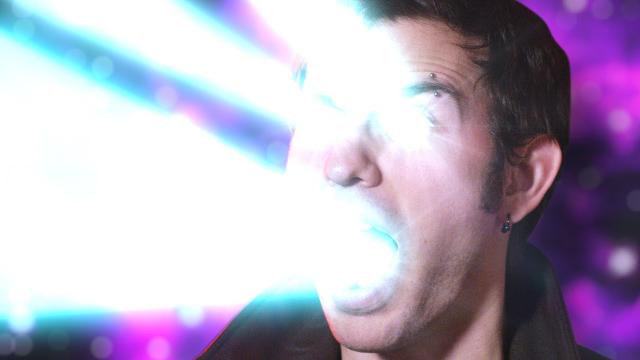
Traveling Light
Added 650 Views / 0 LikesMy Sesame Studios Video: https://youtu.be/i01wemCm_cgCheck out PBS Space Time: https://youtube.com/pbsspacetime***CLICK “Show More” FOR LINKS*** My twitter: http://twitter.com/jakerawrMy instagram: http://instagr.am/jakerawrVsauce3 facebook: http://facebo
-
04:50
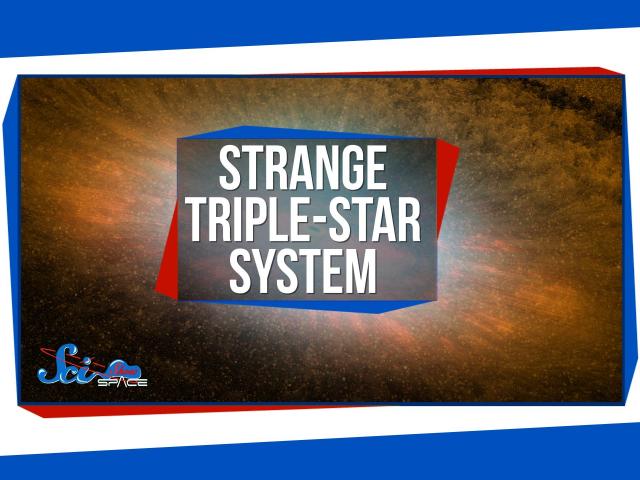
Triple-Star System & A Strangely Cool Supermassive Black Hole!
Added 808 Views / 0 LikesTriple-Star System & A Strangely Cool Supermassive Black Hole!
-
04:47
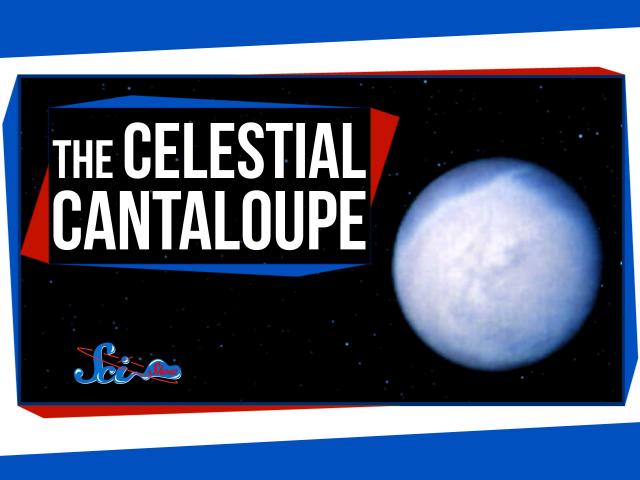
Triton: The Celestial 'Cantaloupe'
Added 589 Views / 0 LikesTriton: The Celestial 'Cantaloupe'
-
04:45
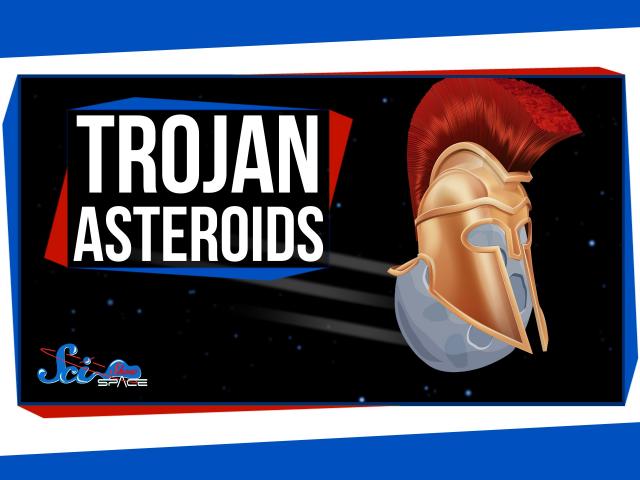
Trojan Asteroids: Jupiter's Prisoners
Added 666 Views / 0 LikesTrojan Asteroids: Jupiter's Prisoners
-
03:27
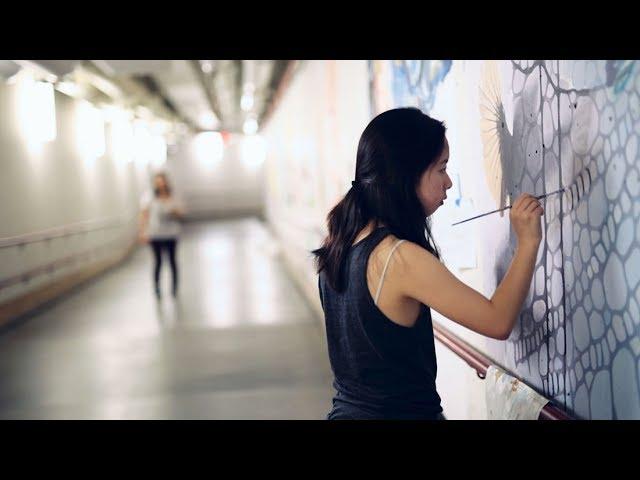
Tunnel Vision: The Borderline Mural Project at MIT
Added 630 Views / 0 LikesTunnel Vision: The Borderline Mural Project at MIT
-
03:38
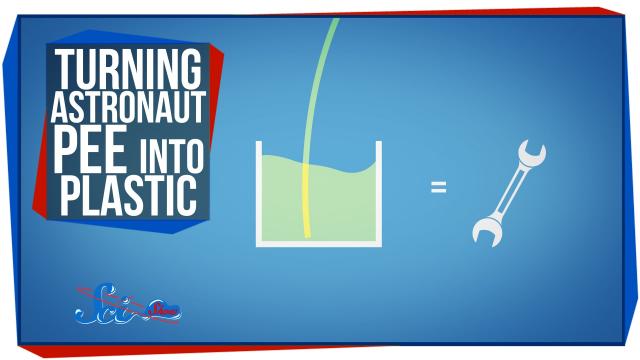
Turning Astronaut Pee Into Plastic
Added 721 Views / 0 LikesTurning Astronaut Pee Into Plastic
-
06:39
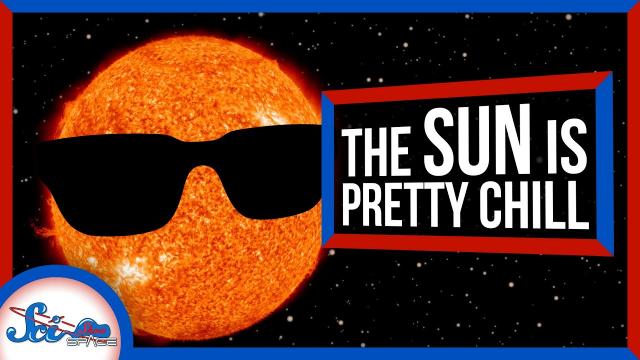
Turns Out, the Sun Is... Pretty Chill | SciShow News
Added 384 Views / 0 LikesLife on Earth depends on the steady nature of our star, and an international team of scientists searched thousands of other stars to try to find out if the sun has always been as consistent as it is now. And According to a study published Monday in Nature
-
05:14
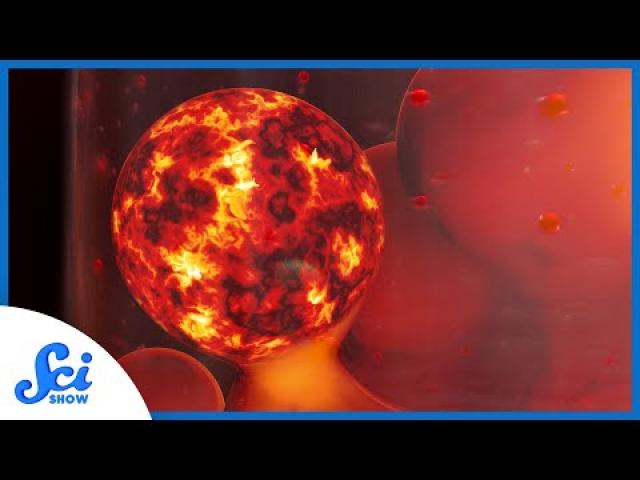
Two Decades Later, We Know Why the Sun Is a Lava Lamp
Added 242 Views / 0 LikesIn 1999, scientists discovered something that took over 20 years to solve. Why do solar flares move like a lava lamp?Hosted By: Hank Green----------Huge thanks go to the following Patreon supporter for helping us keep SciShow Space free for everyone forev
-
05:28
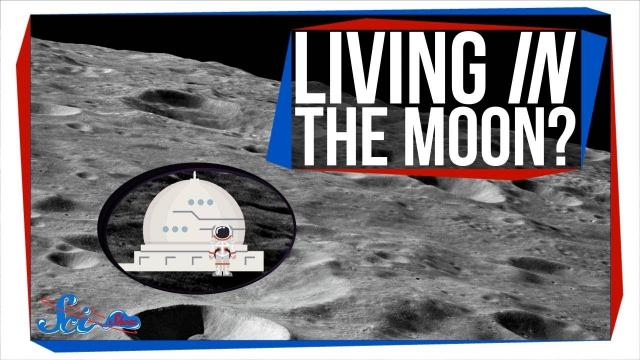
Two New Ways We Could Live on the Moon!
Added 592 Views / 0 LikesTwo New Ways We Could Live on the Moon!
-
00:26
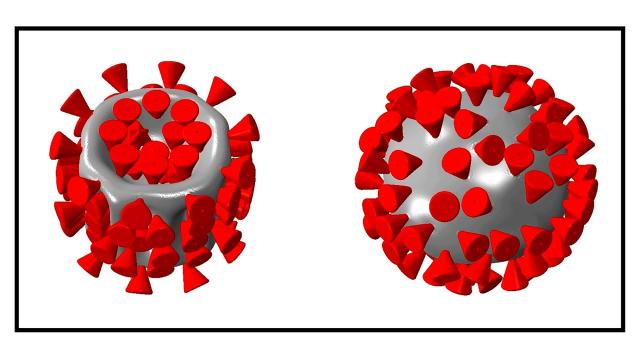
Ultrasound has potential to damage coronaviruses
Added 340 Views / 0 LikesA new study by researchers in MIT’s Department of Mechanical Engineering suggests that coronaviruses may be vulnerable to ultrasound vibrations, within the frequencies used in medical diagnostic imaging. (Learn more: https://news.mit.edu/2021/ultrasound-c

